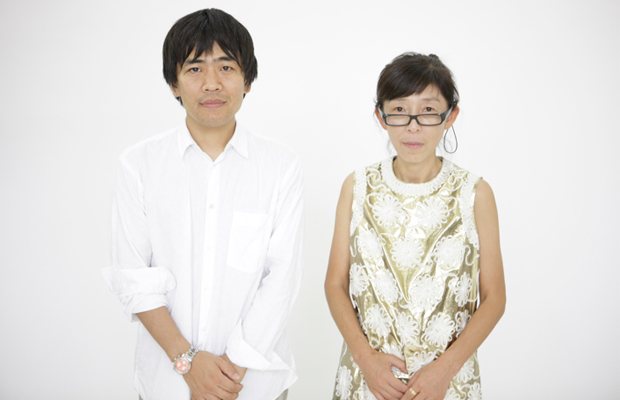
Five minutes with the 2010 Pritzker Prize-winning duo
Sejima and Nishizawa on their win, working practice and what's next
As Kazuyo Sejima and Ryue Nishizawa, partners in the architectural firm SANAA, collected the 2010 Pritzker Prize at a prestigious ceremony on Ellis Island Island in New York on 17 May, Phaidon caught up with the joint-winners.
Q: Congratulations on winning the Pritzker Prize, the architecture profession’s highest honour. The jury citation referred to your work as ‘simultaneously delicate and powerful, precise and fluid’. What are your reactions to the win?
We were here in our office. It was of course wonderful but we could not tell anyone so it was almost stressful to keep these good feelings inside. Shortly after we had to go back to work though it was one in the morning.
Winning the prize may bring a change. It is certainly an honour and incredible pleasure. It is exciting beyond all measures.
Q: The themes that run through your work: lightness of structure, transparency and reflection, how have these themes been applied to each project? Do you seek to implement a thematic consistency to each project?
We really like working with lightness, transparency and openness. We naturally fall into certain patterns but we are not consciously trying to maintain consistency. Within projects we emphasize different things.
Q: You each have your own practice and you also have a practice together. Can you explain a bit about your working practice?
We collaborate as equals but we are not the same. We keep each other from losing our way more than anything. This is true of all three practices [Sejima established her practice Kazuyo Sejima & Associates in 1987; Nishizawa established his practice Office of Ryue Nishizawa in 1997, and together they established SANAA in 1995]. They are different but not at all at odds. It is simply a question of size and location. Often, people just ask one of us for something small in Japan and we allow it stay within the individual practice.
When we work together we sometimes argue but this is good. Usually we give each other pause to think and then quietly agree on a new direction.
Q: You run a 24-hour office. How does that work? What’s your working day like?
We are working on this interview at 3:30am. Often we have meetings outside the office in the morning. We usually start working in the office in the afternoon and don’t get to meeting with our staff about our projects until after dinner.
Q: In terms of your working practice, your projects seem to begin with programmatic diagrams, are these always your first concern? Does the design process start in the same place or do different design projects require a different approach?
Projects always start with given conditions, which can be program but can also be site. We try to start from these basic positions, free of style. We try to find new things out of these conditions.
Q: How do you think about model making and drawing?
We try to study everything with physical models. Everyone in the office is always making models and comparing one idea manifested in one model with another idea in another model. We make simple drawings, plans and sections, to go with these models. This set is how we like to think. There is something important about the consistency of these elements.
Q: Has the idea of sustainability become more important in your work? How is this manifested?
Yes, sustainability is more and more important in our work. That said it happens very naturally. Many of our European projects have been very interesting efforts in sustainable architecture. Because of some of the things that we’ve learned there we are getting more inclined to think about such questions elsewhere.
Clients and consultants are changing very fast. The question of sustainability is on everyone’s mind.
Q: What’s the future in architecture?
We do not know the answer to this.